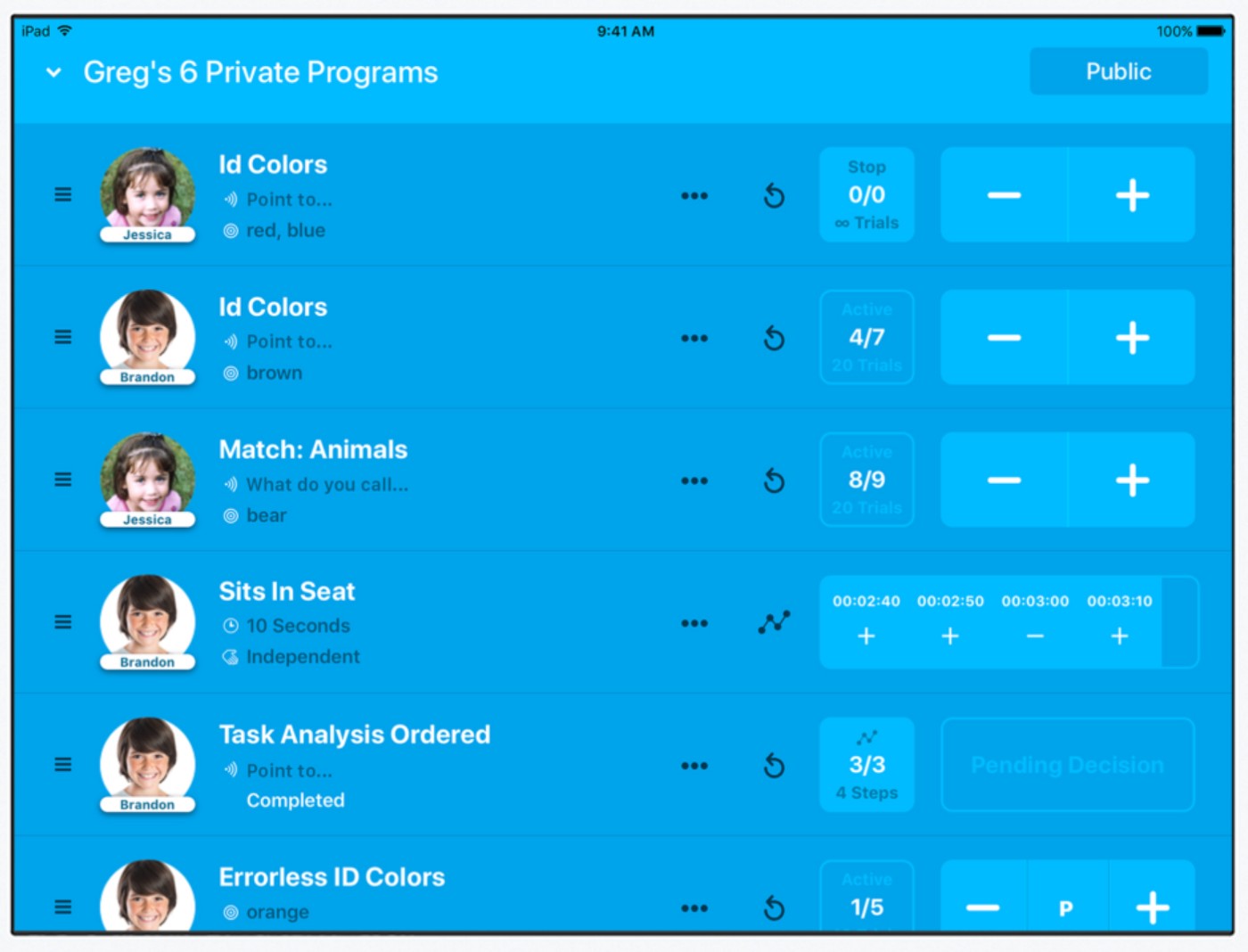
ABA Therapy Benefits
ABA is a scientific research-based set of principles to help build socially significant behaviors that are meaningful for individuals and families. This article will focus applications for autism, but ABA is based on the study of all human behavior and is widely used in other settings. What is Applied Behavior Analysis (ABA) and how does it work? What if you heard a knock at the door, opened it, but no one was there? »


